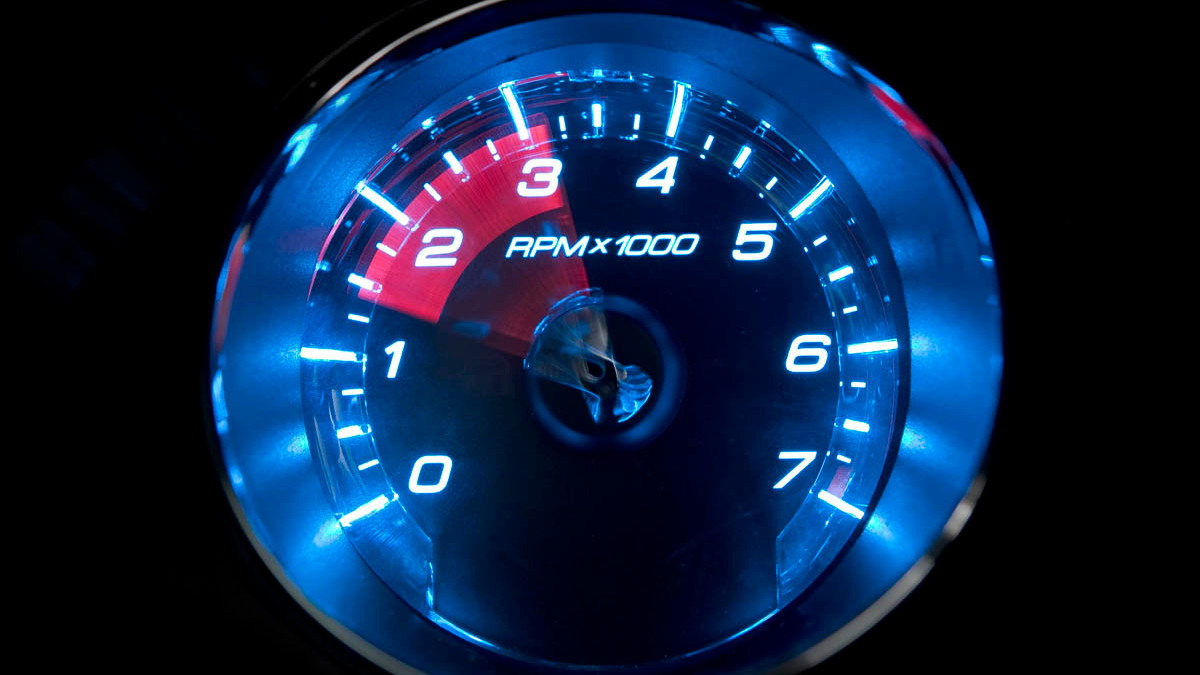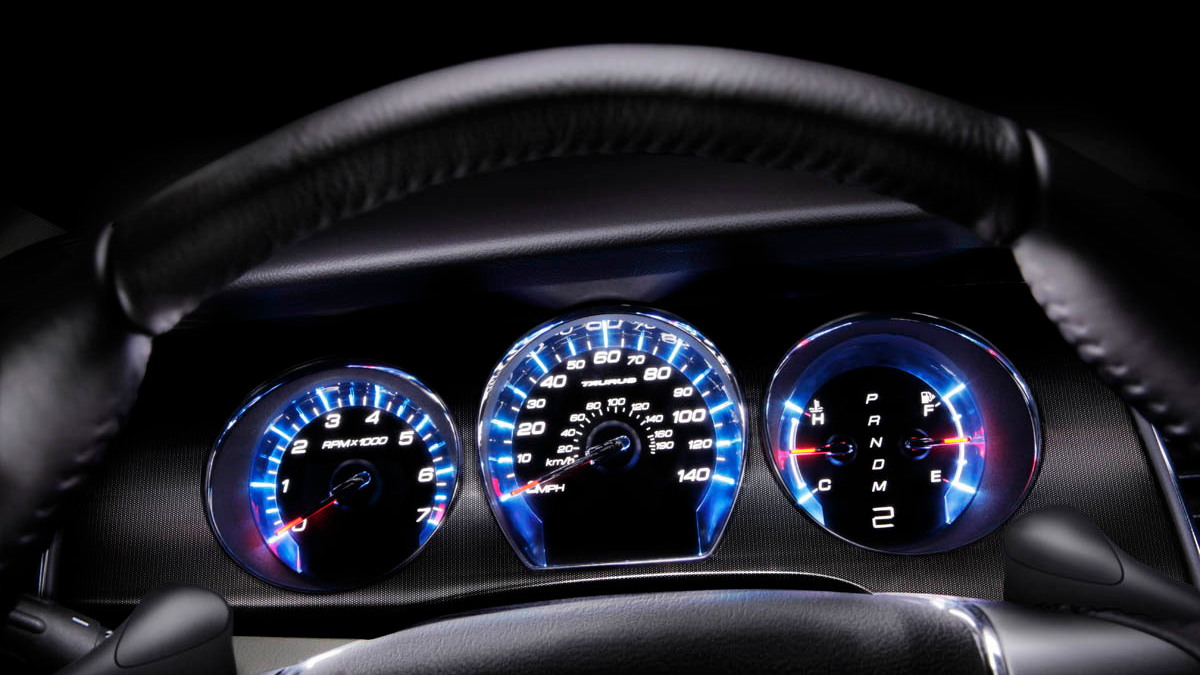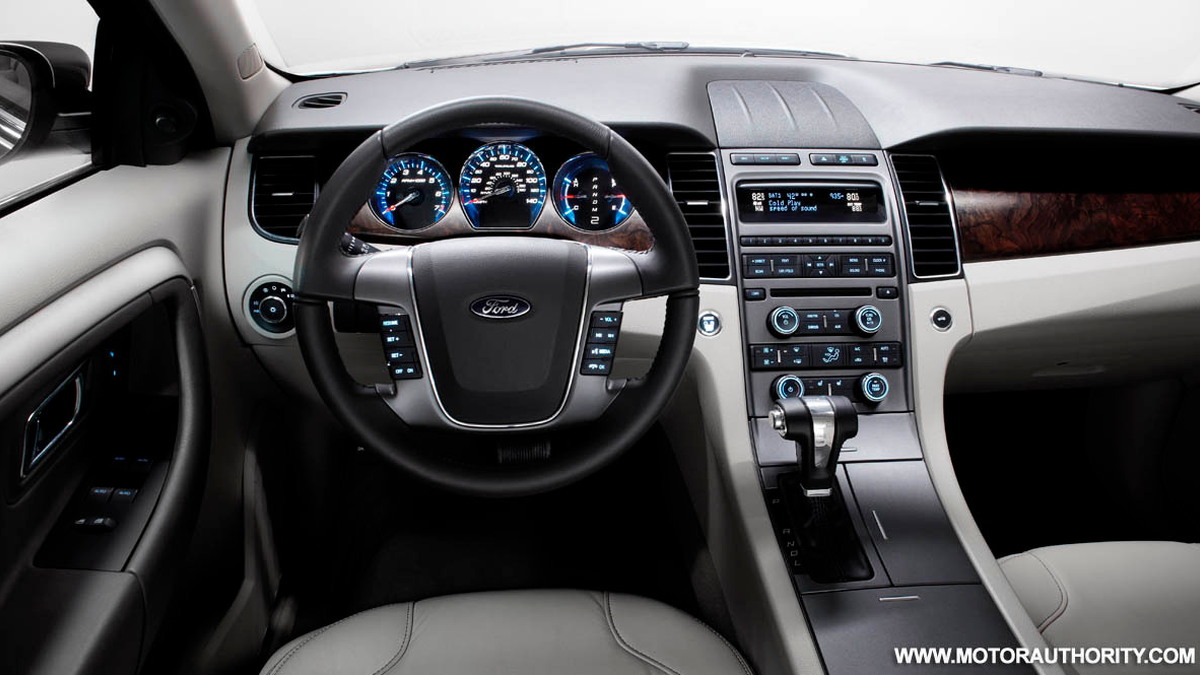Those fans may finally get their wish as Ford is expected to launch a new SHO model, based on the 2010 Taurus sedan, at next week’s Chicago Auto Show. Ford has given us the first clue that a performance version of the Taurus will be coming this month, with the company announcing a ‘Performance Series’ under the ‘Key Features’ section on its official site for the new Taurus. Adding to the speculation, the guys at Jalopnik previously managed to get their hands on several images of an incomplete SHO-badged dashboard taken at an unknown Ford design studio.
While Ford is yet to confirm the new Performance Series is actually a SHO model, the upcoming car will almost certainly benefit from the company's first EcoBoost engine – a 3.5L direct-injected and turbocharged V6 with an estimated 350hp (261kW) and 350lb-ft (474Nm) of torque. According to AutoWeek, the latest Taurus SHO will look almost the same as the standard model barring a few badges and custom exhaust tips.
Ford's first-generation Taurus SHO was initially centered around a stock of Yamaha-designed 3.0L V6 engines intended for a sporty two-seater that was killed off before it reached production. Since Ford still had the engines, it decided to use them for the SHO, its hottest version of what was, at the time, the world's best-selling car. Starting in 1989, production ran for three generations over a decade, ending in 1999. By the end the car was almost unrecognizable, however.
The first two generations excelled with manual transmissions and high-output (for the time) V6s. For the third model, built from 1996-1999, a V8 making about the same power as the V6 it replaced was specified, but the manual transmission was removed as an option. Declining popularity and sales that never passed 9,000 units per year meant this was the last generation of the SHO.





